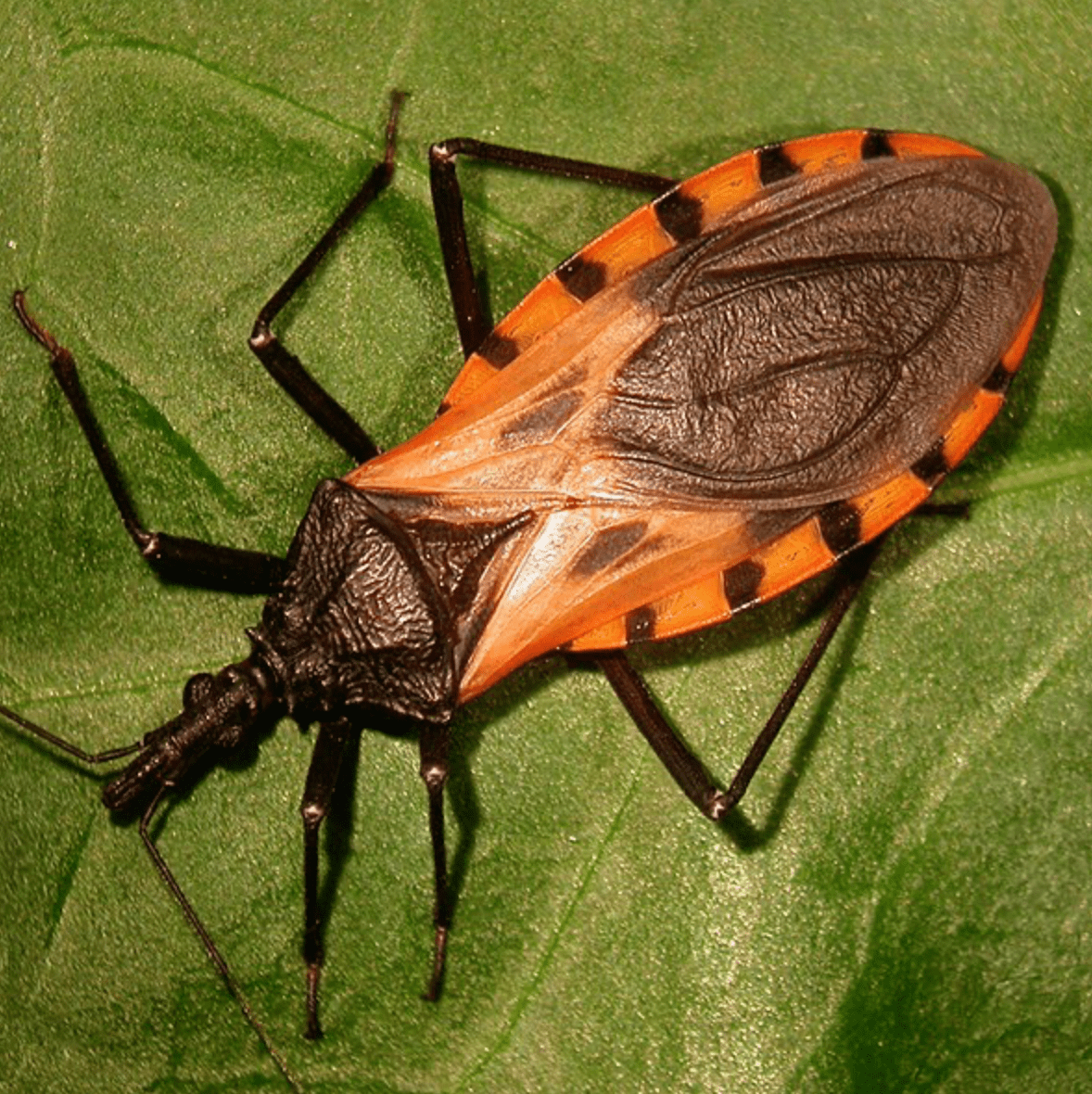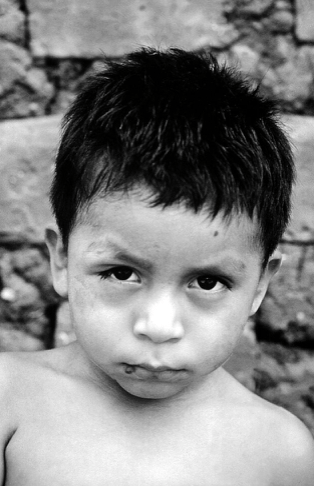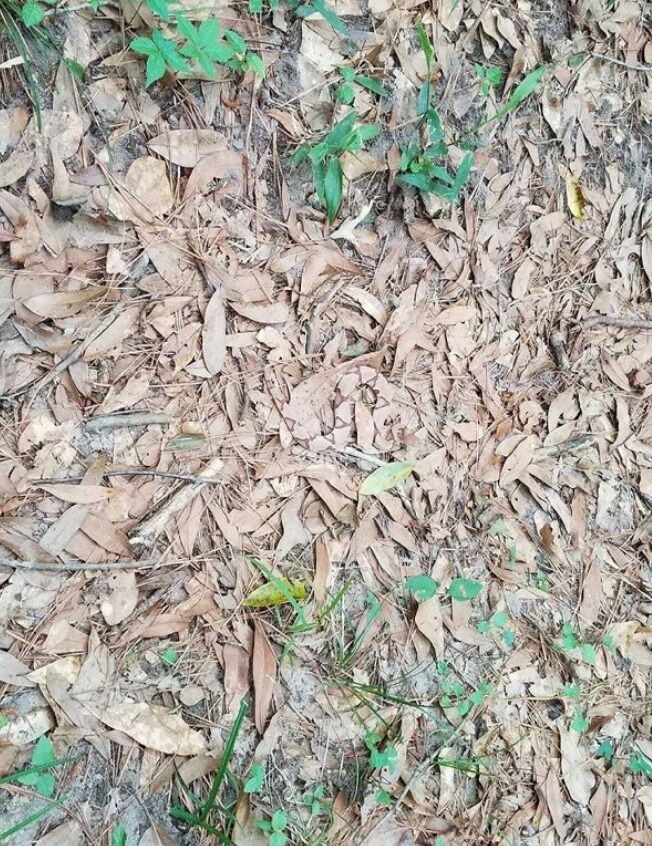It can be a good idea to seek expert services right away if you see this bug in your house! Avoid attempting to manage it on your own! Look at how hazardous it may be.
Trypanosoma cruzi is the parasite that causes the tropical sickness chagas. It is mostly carried by insects of the Triatominae subfamily, also referred to as “kissing bugs.” Because symptoms might develop years after an individual has the disease, it is sometimes known as the “silent killer.”
The problem with it is that not much is done to cure or prevent it because most of the poor individuals who contract it at night while sleeping are living in low-income dwellings in rural or suburban locations.

Approximately 8 million people in Mexico, Central America, and South America have Chagas disease, with 6 to 7 million people globally having the illness, according to the Centers for Disease Control and Prevention (CDC), the majority of whom are unaware of their infection. According to the Guardian, Chagas kills over 12,000 people year, which is “more people in Latin America than any other parasite disease, including malaria.”
Now a mother, Emiliana Rodriguez recalls a horrifying incident from her youth, when she saw a friend of hers collapse dead on the field during a game. She didn’t know what killed her companion at the time; all her relatives could say was that a “monster” that emerges at night was to blame.
“The terror frequently struck at night. I occasionally didn’t sleep,” she admitted. “I was worried that I would fall asleep and not awaken.”
Since then, she has been terrified of that creature and the Chagas disease it spread. She left Bolivia, where she had lived for 27 years, and relocated to Barcelona, without realizing that she was trapped by the Chagas.

Doctors found the illness in her body after learning she was pregnant even though she was completely unaware of it. There was concern that it would also harm her unborn child. She also recalled the passing of her friend: “I was paralyzed with shock and remembered all those stories my relatives told me about people suddenly dying.” “What is going to happen to my baby?” I wondered.
Fortunately, Rodriguez received therapy to keep the parasite from vertically transmitting to her unborn child. She tested negative following the birth of her daughter.
Another story concerns Elvira Idalia Hernández Cuevas, a woman from Mexico who had never heard of Chagas disease until her 18-year-old was identified as having the silent killer.

According to Hernández in an interview with the Guardian, “I had never heard of Chagas so I started to research it on the internet.” “When I read that it was a silent murderer, I was horrified. I was clueless as to what to do or where to go.
The problem is that many other individuals, like Hernández, are ignorant of this illness and the blood-sucking bugs that produce it.
Carlos Ribeiro Justiniano Chagas, a Brazilian doctor and researcher who discovered the human case in 1909, is the inspiration behind the name Chagas. The prevalence of Chagas disease over the past few decades has been documented throughout Latin America, North America, Europe, Japan, and Australia.
“In Mexico, the authorities say that there aren’t many people affected by Chagas and that it’s under control, but that’s not the situation,” Hernández remarked in reference to the illness and what doctors knew about it.
“Medical workers lack training and confuse Chagas with other cardiac conditions. Most people are unaware that Chagas exists in Mexico.

According to Colin Forsyth, a research manager at the Drugs for Neglected Diseases Initiative (DNDi), it is unfortunate that it is neglected in part because “it’s a silent disease that stays hidden for so long in your body… because of the asymptomatic nature of the initial part of the infection.”
Forsyth stated, “The affected just don’t have the power to influence healthcare policy,” in reference to the underprivileged communities. It’s kept secret because to a convergence of biological and social problems.
However, if there are more and more incidents all across the world, things could change, though probably not very soon.
The Chagas Hub was established in the UK by Professor David Moore, a doctor at the Hospital for Tropical Diseases in London, with the main objective of “more people tested and treated, and to manage the risk of transmission, which in the UK is from mother to child,” he added.
Only benznidazole and nifurtimox, both of which have been available for half a decade but don’t seem to be very successful, can be used to treat this condition. Sadly, no funding exists to do additional research into additional medications that could be used to treat this silent killer.
Through a campaign run by the Barcelona Institute for Global Health, Rodriguez is currently doing everything in her power to spread awareness about Chagas. The silence is getting to me, says Rodriguez. “I want people to discuss about and be aware about Chagas. I want everyone to receive testing and care.
On April 14, the day that Carlos found the first human instance of the disease in 1909, the WHO established World Chagas Disease Day. According to the WHO, “Global targets for 2030 and milestones are set out to prevent, control, eliminate and eradicate a diverse set of 20 diseases and disease groups.” Chagas is one of these.
The CDC advises the following actions to avoid a potential infestation:
Fill up any gaps and cracks around the windows, walls, roofs, and doors.
Rock, wood, and other materials should not be left near your residence.
Use screens on windows and doors, and fix any tears or holes.
Ensure that all openings and cracks leading to the attic, basement crawlspaces, and the exterior are sealed.
Allow animals to sleep inside, especially at night
Maintain a tidy home and any outdoor pet resting locations. You should also routinely inspect both areas for bugs.
You shouldn’t bash this bug if you notice it. As an alternative, carefully place the bug in a container, fill it with rubbing alcohol, or freeze it in water before bringing it to your local health department or a university lab for identification.




